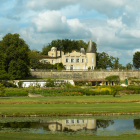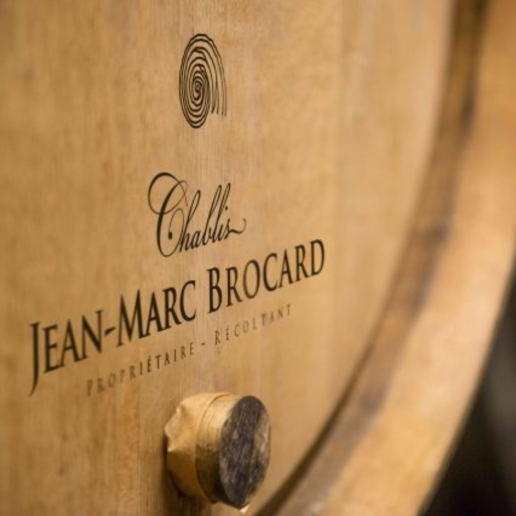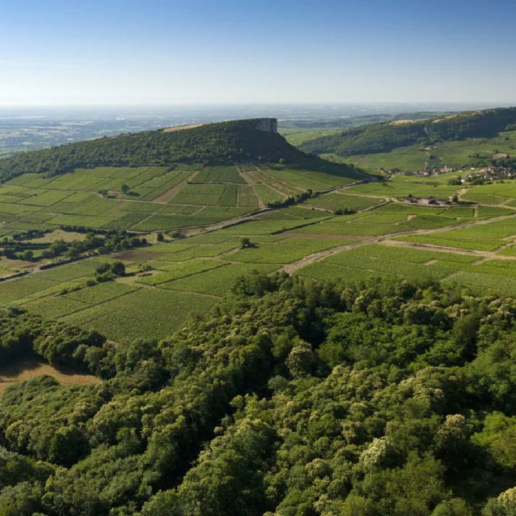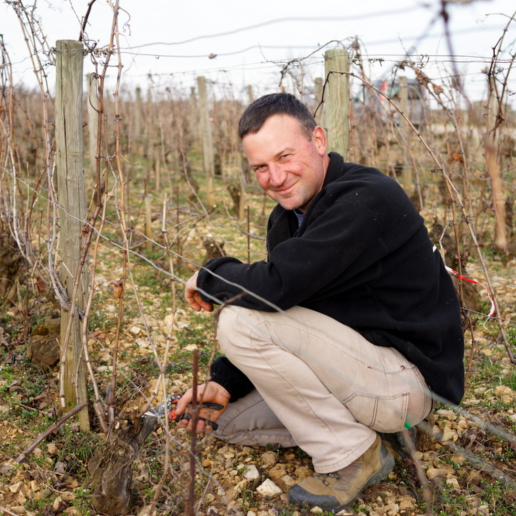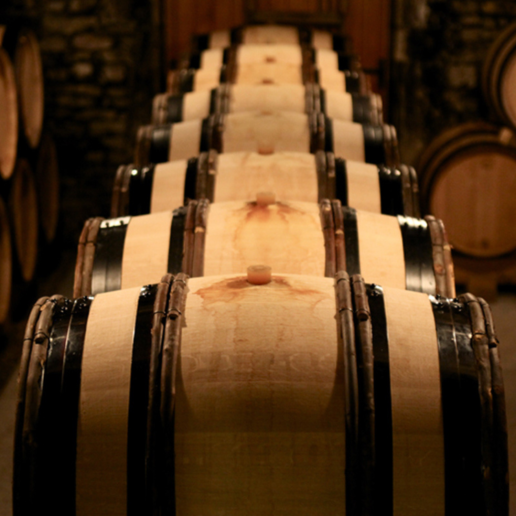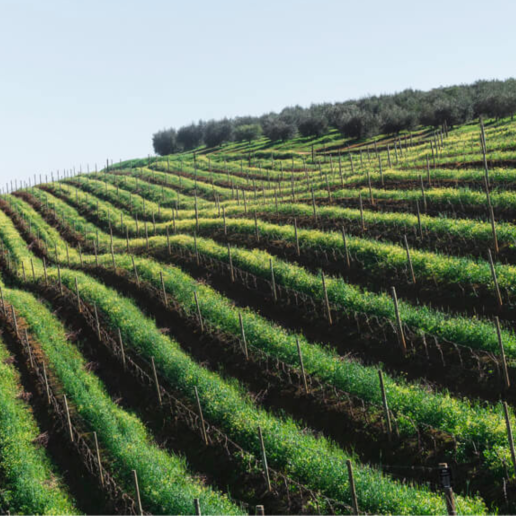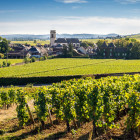
The Rise of White Burgundy: A New Era of Chardonnay Appreciation
In recent years, white Burgundy has experienced a dramatic rise in both popularity and prestige. Once overshadowed by its red counterparts, white wines from Burgundy are now commanding attention from collectors, sommeliers, and even casual wine drinkers.
This shift reflects broader global trends favouring fresh, elegant, and food-friendly wines, as well as a growing appreciation for the nuanced expressions of Chardonnay that Burgundy uniquely offers.
The Global Shift Toward White Wine
Data from the International Organisation of Vine and Wine (OIV) shows a significant increase in white wine consumption globally, with white and rosé wines now surpassing red in total share.
Between 2000 and 2021, white wine consumption rose by 10% while red wine declined by 15%. In key markets like the United States and the United Kingdom, white wine has become the dominant style, appealing to modern tastes for lighter, lower-alcohol wines that pair well with a wide range of cuisines.
Why White Burgundy Stands Out
White Burgundy is primarily made from Chardonnay, and its diversity is unmatched: from the steely, mineral-driven wines of Chablis to the rich, nutty Meursaults and the elegant, floral expressions from Puligny-Montrachet and Chassagne-Montrachet.
Burgundy’s complex terroir and meticulous winemaking practices result in wines that are not only expressive and age-worthy but also increasingly desirable in both primary and secondary markets.
Liv-ex and other fine wine trading platforms have reported a sharp increase in trading volumes for white Burgundy, with certain producers experiencing strong price appreciation and high demand. Collectors are also turning to white Burgundy as red Burgundy prices reach prohibitive levels.
Five Producers Leading the Way
Here are five standout white Burgundy producers, each representing a different subregion of Burgundy and offering unique stylistic interpretations of Chardonnay:
1. Jean-Marc Brocard (Chablis)
A leader in organic and biodynamic viticulture, Jean-Marc Brocard produces clean, precise Chablis wines that highlight the region's signature Kimmeridgian limestone soils. His Premier Cru and Grand Cru bottlings, such as Les Clos and Vaudésir, are prized for their tension, citrus-driven character, and mouthwatering salinity.
These wines typically show incredible clarity and age gracefully over 10–15 years.
2. Domaine Saumaize-Michelin (Pouilly-Fuissé, Mâconnais)
From the southern reaches of Burgundy, Saumaize-Michelin crafts wines of remarkable texture and purity. Their top cuvées, such as Les Ronchevats and Clos sur la Roche, offer ripe orchard fruit, chalky minerality, and a creamy, structured finish that punches well above their price point.
These wines often reflect the limestone-rich soils and warm microclimate of Pouilly-Fuissé, delivering both richness and finesse.
3. Hubert Lamy (Saint-Aubin, Côte de Beaune)
Once considered a hidden gem, Saint-Aubin is now recognised for producing whites that can compete with its more famous neighbours. Hubert Lamy is a standout, crafting wines with precision, depth, and strong ageing potential. His Derrière Chez Edouard and En Remilly bottlings are known for their razor-sharp acidity, herbal undertones, and chalky length.
Lamy employs high-density planting, long élevage, and minimal new oak, resulting in wines that are pure and deeply expressive of terroir.
4. Etienne Sauzet (Puligny-Montrachet, Côte de Beaune)
Etienne Sauzet is a benchmark producer for Puligny-Montrachet, known for crafting wines of finesse and aromatic complexity. His top wines, such as Les Referts, Les Combettes, and the Grand Cru Chevalier-Montrachet, are layered and ethereal, showcasing white flower aromatics, vibrant acidity, and seamless oak integration.
These wines age exceptionally well, developing nutty and honeyed complexity over time.
5. Domaine Bernard Moreau (Chassagne-Montrachet, Côte de Beaune)
One of the most consistent and respected producers in Chassagne, Bernard Moreau crafts wines that strike a balance between richness and energy. The Premier Cru Les Vergers and Morgeot bottlings in particular offer layers of citrus, hazelnut, and stony minerality, wrapped in a silky texture.
The domaine’s commitment to gentle extraction, neutral oak, and whole-cluster pressing results in wines that are generous yet refined.
What’s Next for White Burgundy
As global tastes evolve and wine drinkers become more adventurous, white Burgundy is poised to continue its rise.
Whether you're a seasoned collector or new to Chardonnay, exploring the region's diverse offerings is a rewarding journey. With increasing demand and finite production, now may be the best time to invest in or enjoy the white wines of Burgundy.
Related Articles
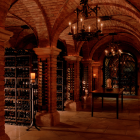
Bill Koch’s Grand Wine Auction: Region Performance Report
By Jonathan Stevenson
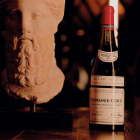
Bill Koch’s Grand Wine Auction: A Collector’s Legacy
By Jonathan Stevenson
